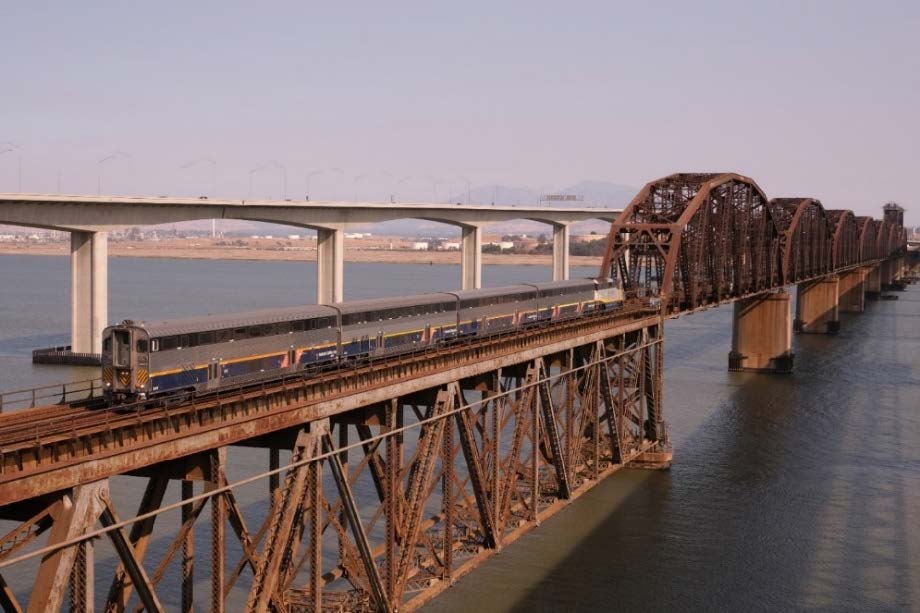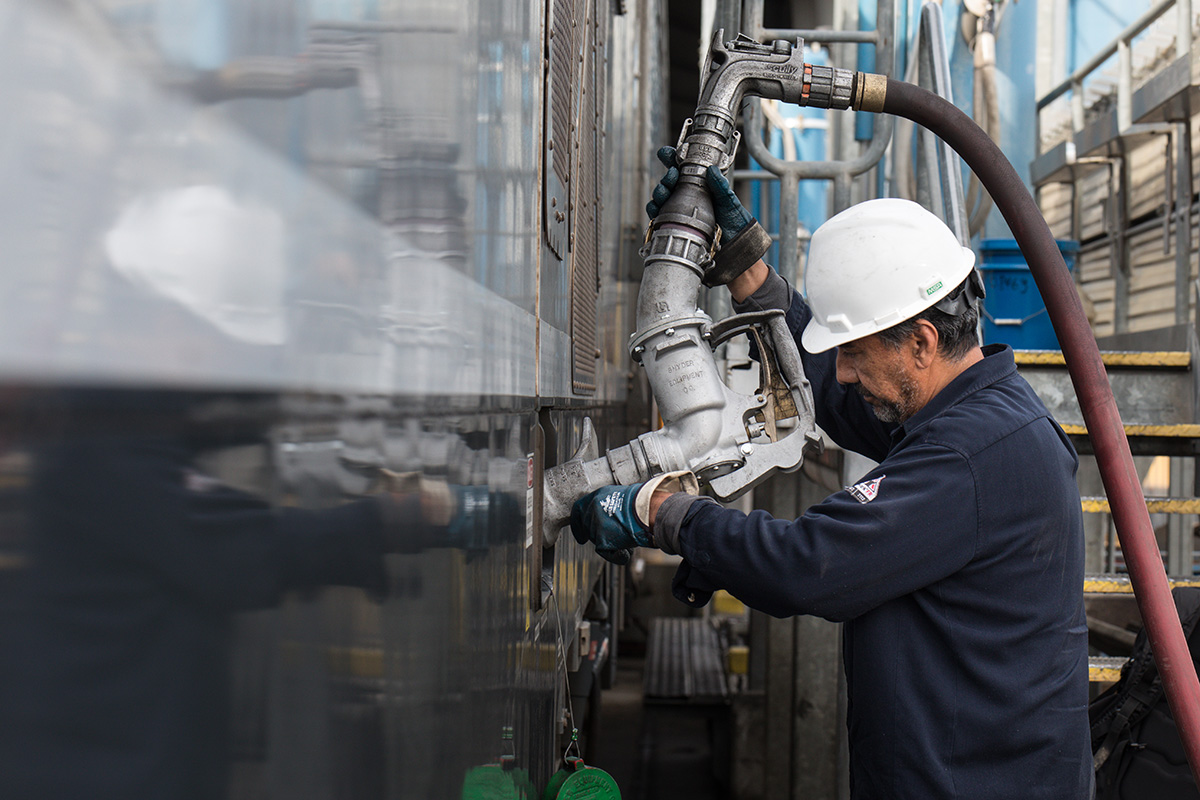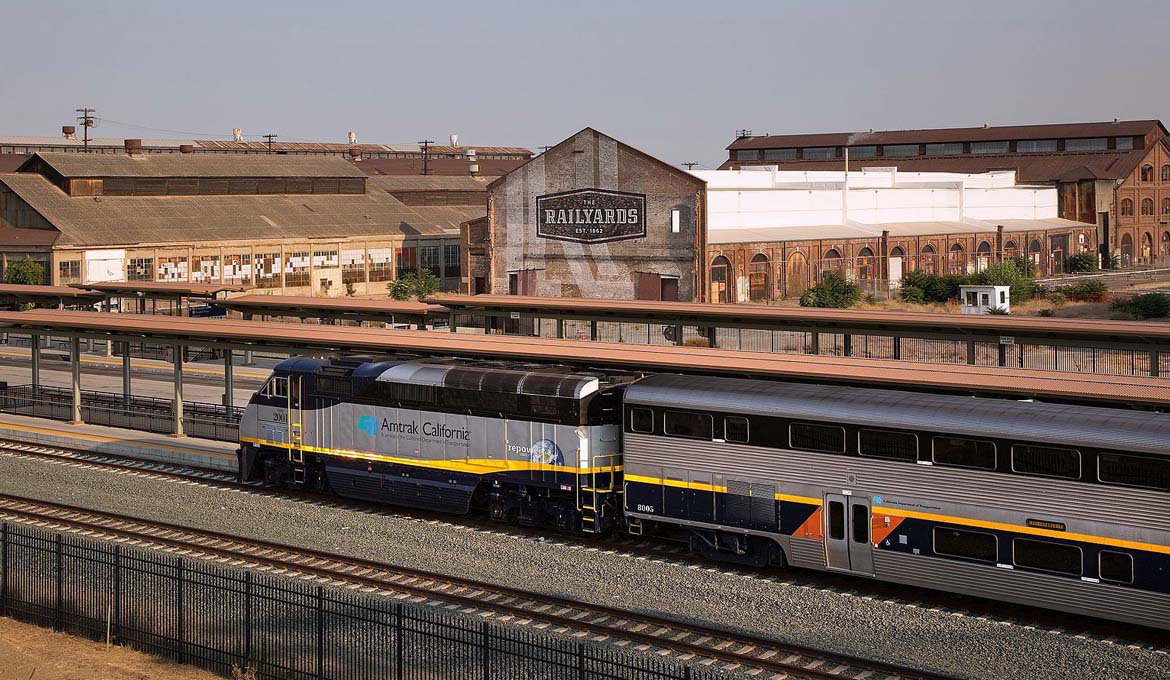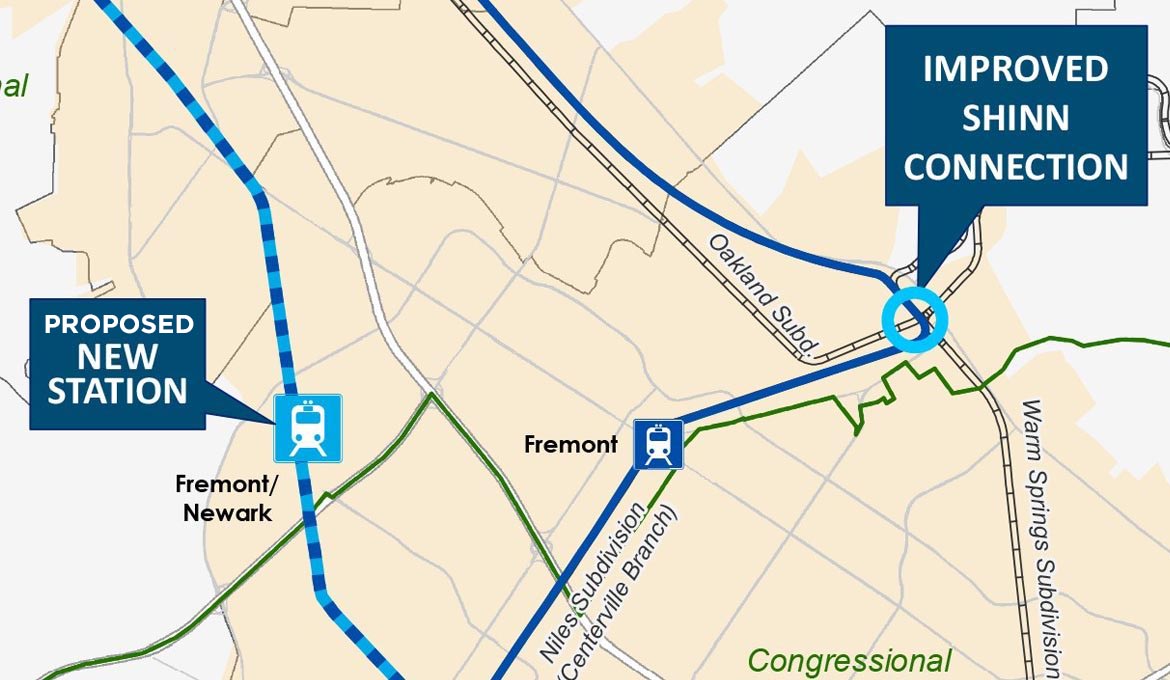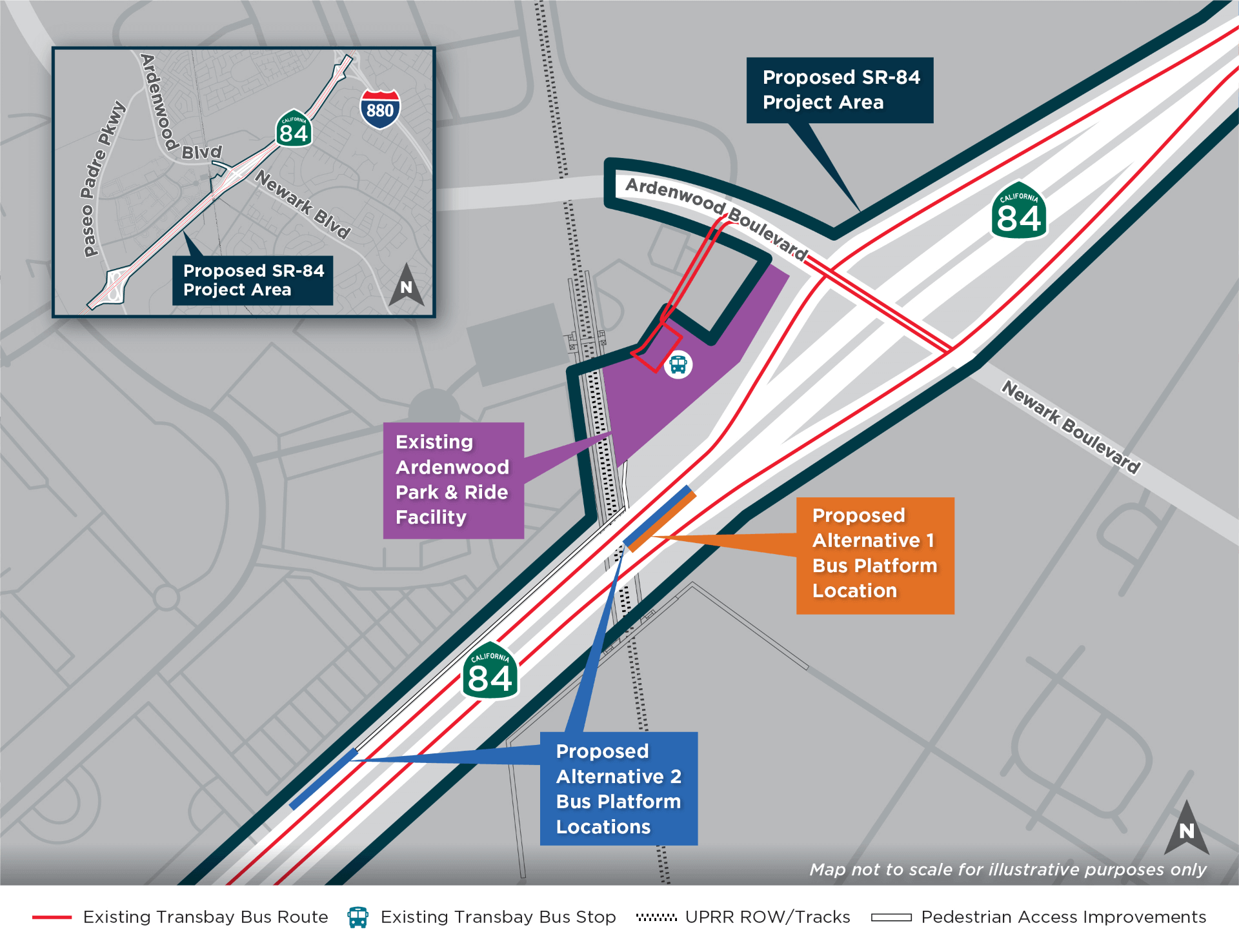Projects
We strive to continually improve our safety and services.
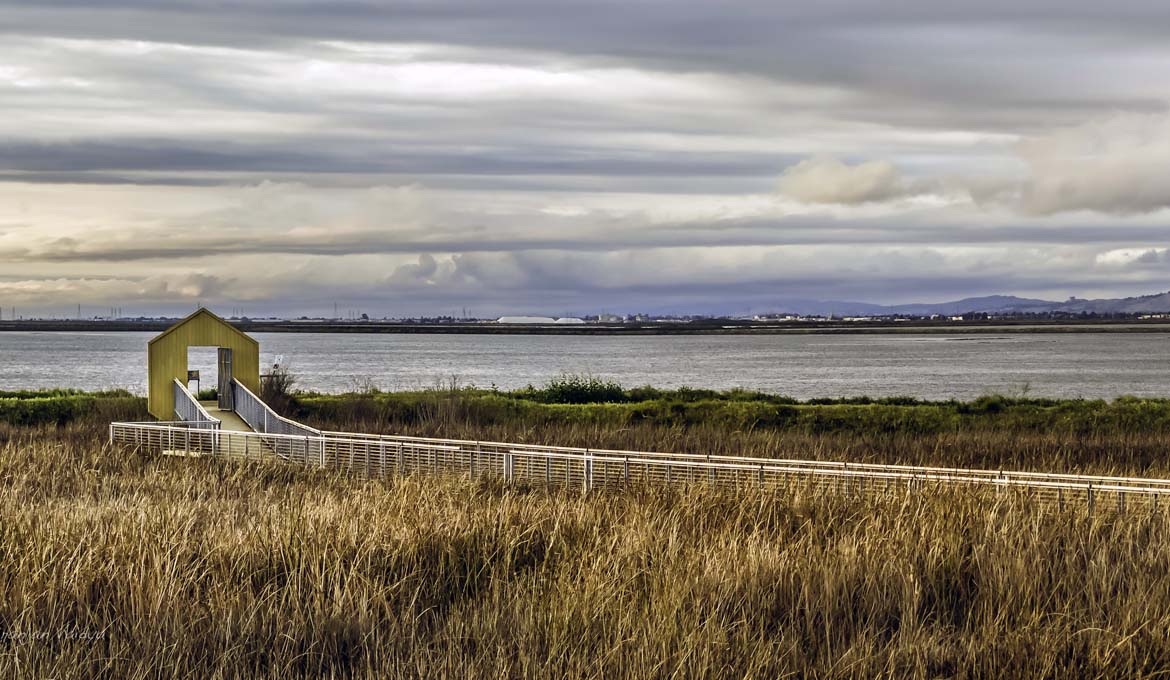
Alviso Wetland Railroad Adaptation Alternatives Study
ENVIRONMENT RELIABILITY
Evaluates sea level rise adaptation options for railroad tracks between Newark and Santa Clara to improve resiliency of railroad infrastructure, enhance species and habitat restoration efforts, and ensure that such infrastructure can support future plans for increased passenger train service between Oakland and San Jose. The Study engaged a broad range of stakeholders between 2018 and 2020 and set up solid foundation for future adaptation efforts, which will require additional funding, technical analyses, and partnerships with various stakeholders. The final Study Report can be found here.
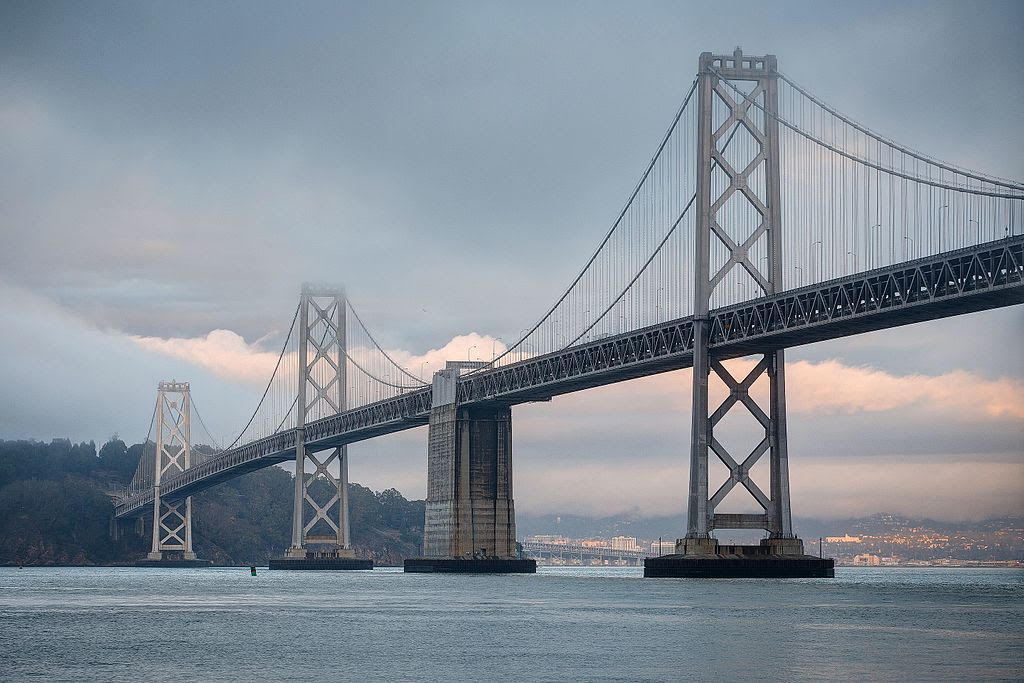
Link21
SAFETY RELIABILITY ENVIRONMENT
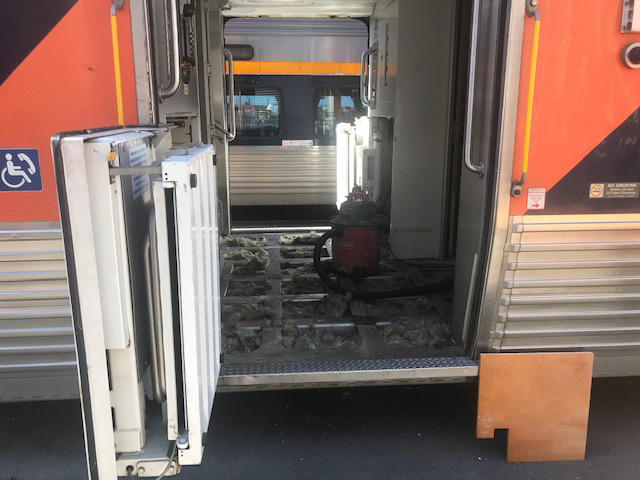
Door Panel Replacement
RELIABILITY EXPERIENCE
The fleet of equipment supporting the Capitol Corridor service received regular and routine maintenance. From time-to-time certain components of the equipment pass their usefulness and require replacement. Such was the case with our door panels. As they were reaching end of life, their performance suffered with doors getting stuck or not aligning properly when in the closed position—ultimately translating into delays for riders. The CCJPA team lead the procurement for new door panels for all train cars, and the installation was completed in 2021. Check out our Behind the Scenes: Door Panel Replacement video for additional details about the project.
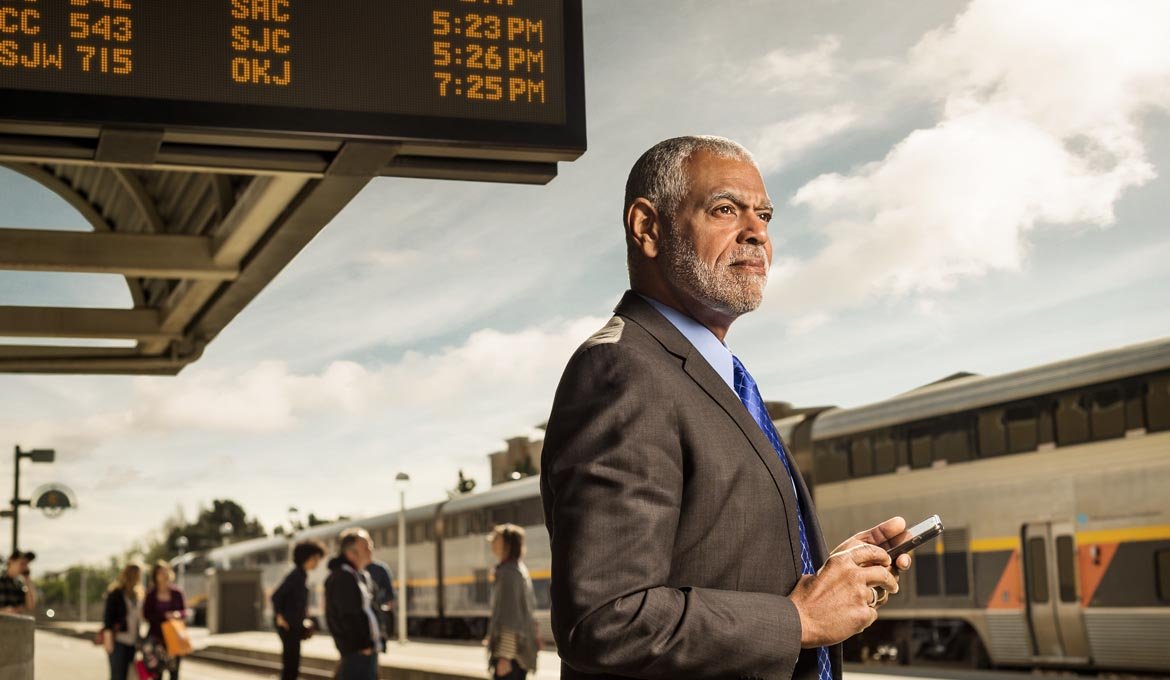
Passenger Information System Replacement and Upgrade
EXPERIENCE RELIABILITY
Upgrades the current digital signs at stations that display train arrival times and service alerts.

Safety and Security Improvements
SAFETY
Implements measures to reduce illegal public trespassing along the railroad right-of-way, in order to prevent pedestrian injuries and fatalities.
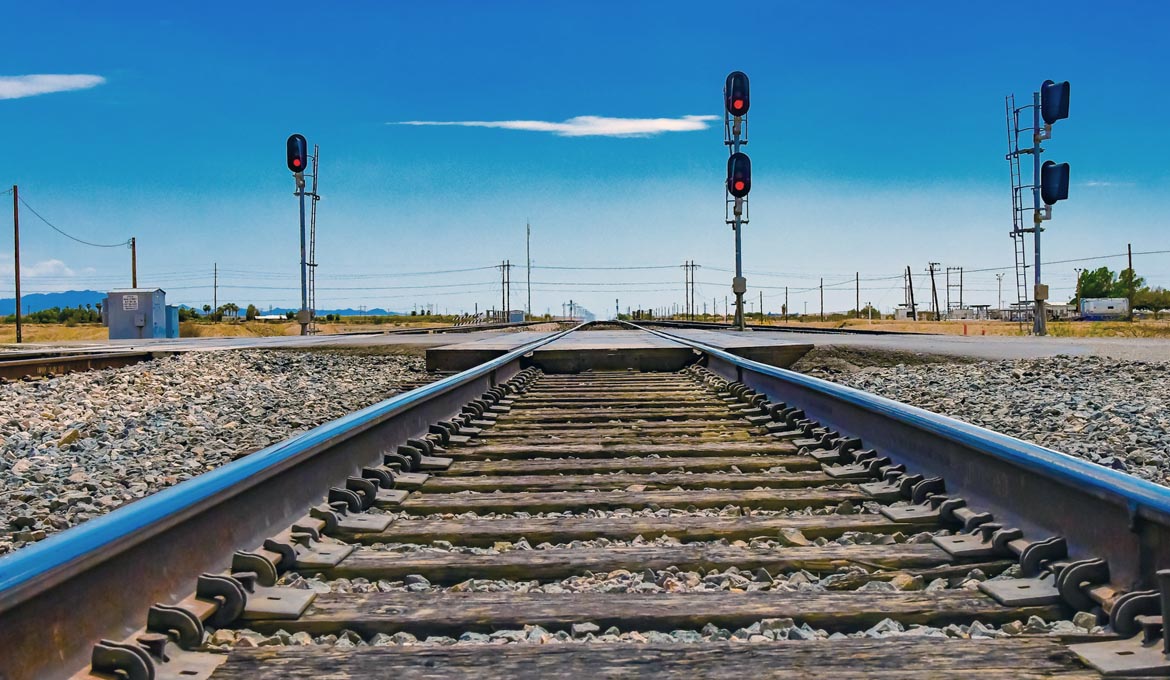
Signal Replacement and Upgrades
SAFETY RELIABILITY
Replaces outdated signal systems in order to reduce train delays.

Statewide Integrated Travel Program
EXPERIENCE RELIABILITY
Invests in statewide trip planning and fare integration among multiple agencies using modern software platforms to enhance connectivity, efficiency, and ridership across California.


